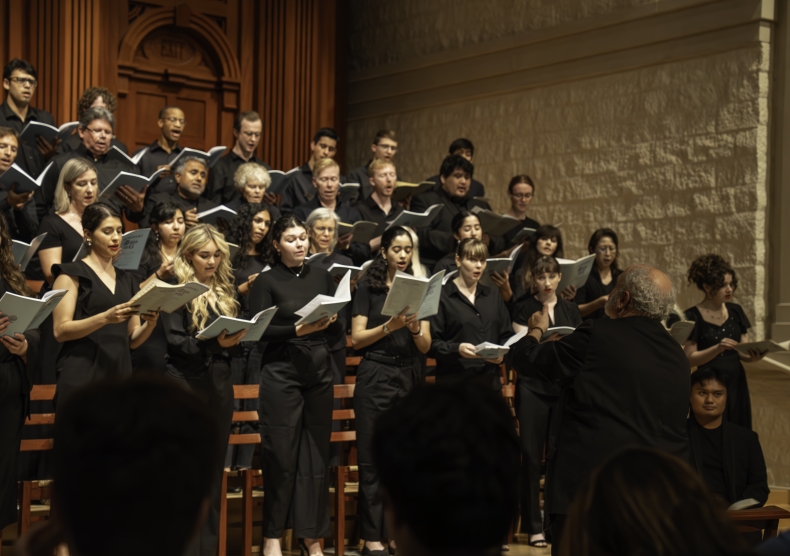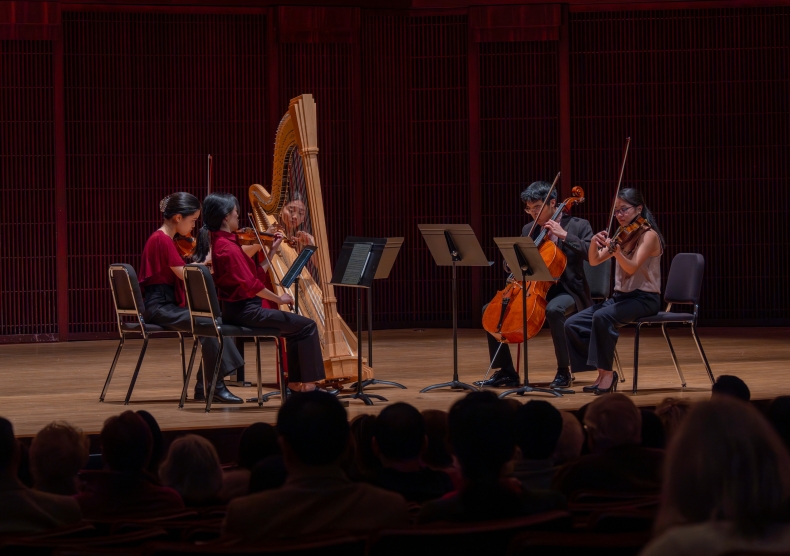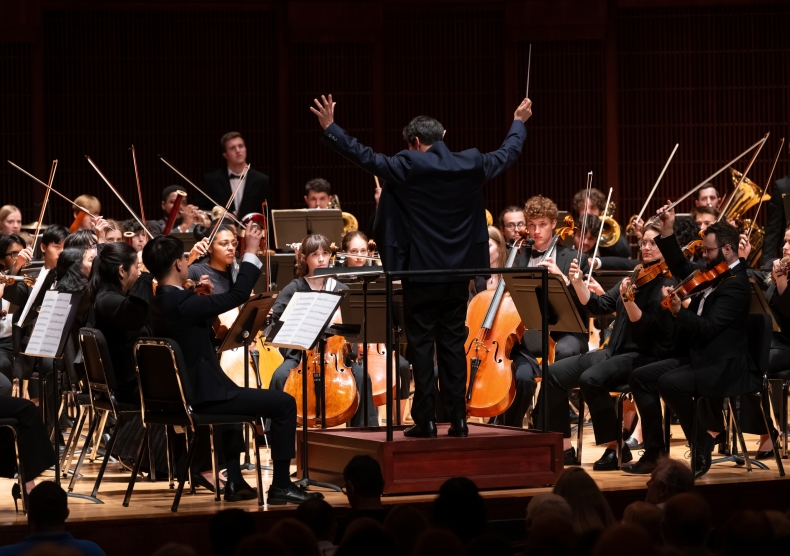Speaker: Kami Ghavi Helm Doctoral Candidate Thesis Defense Department: Shepherd School of Music Location: Alice Pratt Brown Hall Conference room
This thesis deals with the specificities of Persian Traditional music and ways to include such elements unto violin playing. In order to understand the complexity of Persian traditional music, I will first take an ethnomusicological approach by reviewing the research by renowned musicologists specializing in Middle Eastern culture, such as Jean During, Hormoz Farhat, Lloyd Clifton Miller, and Ella Zonis. Their works will give us a better understanding of the evolution of Persian traditional music and its role in Persian society, from its earliest recorded appearance during the Achaemenid Dynasty to its contemporary form. In this chapter, I will also explain the most influential musical theories that originated in the Persian Gulf region to help understand the emergence of Dastgâh: the current modal system. In chapter II, I will turn to the study of Persian instruments and the important masters that contributed to their development. I will also discuss standard performance practices and extended techniques. Lastly, I will elaborate on the main properties of the traditional modal systems and the content of a standard traditional performance. A third chapter will focus on the analysis of a transcription, using Western musical notation, of two versions of a Dastgâh based on the same Chahârgâh mode. The first version is by Mirza Abdollah (1843-1918), a tar and setar player who was one of the most significant Iranian musicians. The second version is by Abolhasan Saba (1902-1957), a violin and setar player of equal caliber as Abdollah. The comparison of these two versions will help assess the liberties a Persian musician can take in the improvisation of melodic and rhythmic formulas, and what elements need to remain to anchor the piece in its specific mode. This chapter will also 11
expand on the different sections of the Dastgâh-e Chahârgâh, explain their melodic, rhythmic and modal content, and their contribution in the shaping of the work as a whole. l will conclude this study with a chapter introducing an original composition for solo violin based on the modal system of Chahârgâh and its different properties, uncovered in the previous chapter. This piece is meant to follow most of the Persian music aesthetics with the addition of some Western influences, to create an inclusive, multicultural piece. With this composition I aim to share my vision of what could be an innovative approach to violin playing and composing, one that would include non-Western cultures and explore extended techniques such as micro-tonality and just intonation. The composition will be preceded by exercises specifically tailored to address the challenges of performing this piece and, to a bigger extent, Persian traditional music in general for the first time. I will provide some information on Persian symbols found in my music, and some guidance on how to find the proper intonation for microtones. Both the exercises and the composition will be joined by an audio recording to provide a better understanding of the desired result and instrumental performance practices. It is important to have access to audio resources on top of scores for the study of Persian traditional music because its style of playing is quite different from Western performance practice. This study of style is not unheard of in Western art music: nowadays, a greater emphasis is given to historical performance practice when dealing with compositions from the Baroque or Renaissance eras. To the same extent that a performer would not play pieces by J. Brahms and J.S. Bach the same way, Persian music requires a specific touch, which means that simply learning its intervals and scales would not be enough to provide a truly accurate performance of Persian music.
(Department : Shepherd School of Music)




